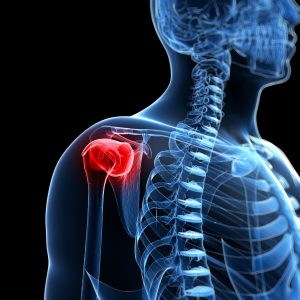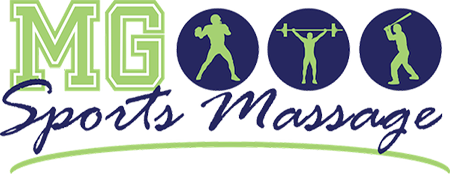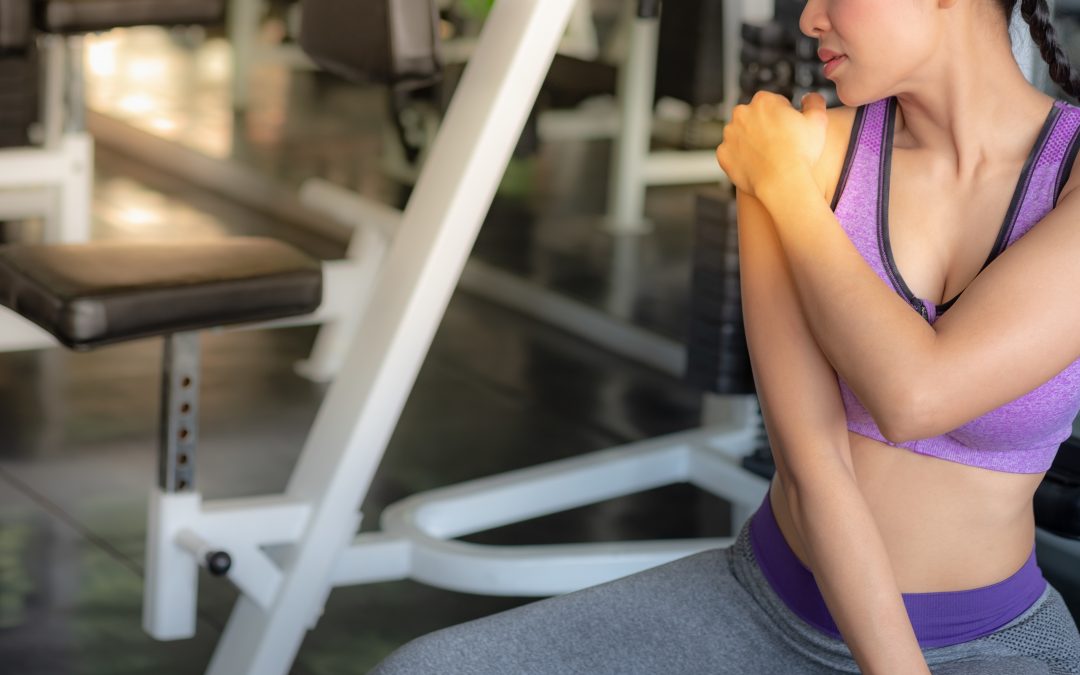Football season for high school students is coming to a close, but there’s still an open window for injuries. And they can happen just as easily in the off-season while you continue to train. Even with the extensive protective gear players wear now, injuries still happen – and they’re often self-inflicted. For example, rotator cuff injuries can occur when a player falls or just from overuse, such as repetitively throwing the ball during drills.
Treatment can come in many forms, but one of the least invasive options is using massage for rotator cuff injuries.
About the Rotator Cuff
The rotator cuff provides the highest range of motion in your body. It’s comprised of a grouping of muscles and tendons responsible for keeping your arm in its socket and letting you rotate your arm. For instance, if you’re throwing a football for the game-winning touchdown, the rotator cuff muscles help you both launch it to your teammate and keep your arm from going with the ball.
The four main components making up the rotator cuff are the supraspinatus, infraspinatus, teres minor, and subscapularis muscles. This is often referred to as a “cuff” because the muscles attach like a cuff to the top of the humerus to move your arm.

Rotator Cuff Injuries
These muscles are small in size compared to others in the body. But they can easily be overused, leaving them vulnerable for a few different reasons:
- They’re the main point of stability for your shoulder joint. Even though they’re small, they’re doing just as much or more work than every other muscle each time your arm moves.
- Many of us have poor posture and perform repetitive motions throughout the day as a result of our occupations. That results in poor coordination of our shoulder, neck, and back joints, leading to strain on the rotator cuff.
- During athletic training, we often fail to condition these muscles properly.
- If you’ve already sustained an injury, improper treatment and healing will make the muscles susceptible to another.
- If you’re over 40, the blood flow to the area begins to slow.
Because this group of muscles is in such high demand for athletes like baseball players, golfers, tennis players, and football players, injuries are a common occurrence. You may notice issues such as:
- A SLAP (superior labral tear from anterior to posterior) tear
- Acromial impingement
- Bursitis
- Rotator cuff muscle tears
How Massage Can Help
Massage therapy helps to restore your range of motion by recovering your overused muscles. Your massage therapist will help you regain flexibility through gentle stretching and muscle manipulation, allowing greater blood flow to the area. This also helps to keep the muscles looser, which means you’ll be at a lower risk for re-injury.

